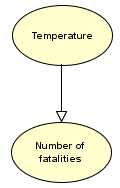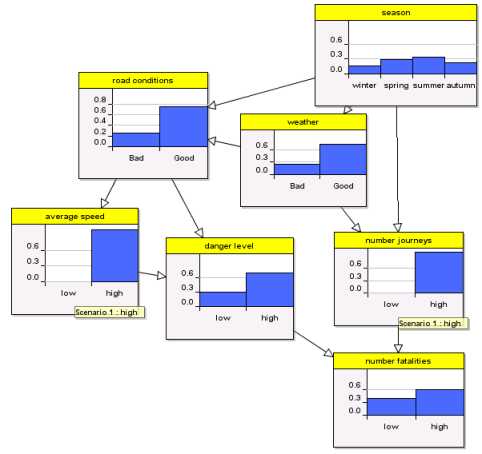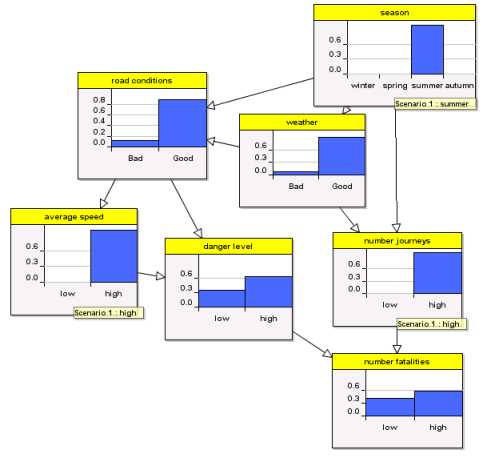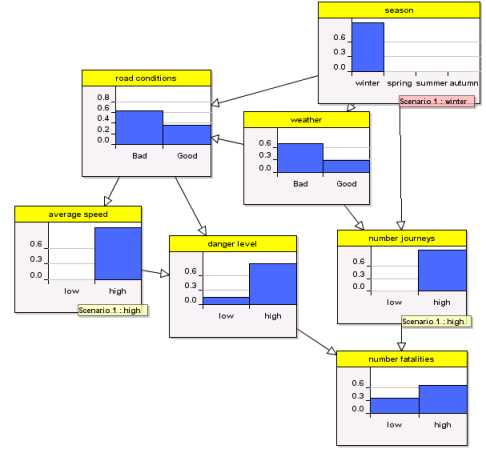The data for road fatalaties in both the US and Europe is very curious. The month in which there are fewest fatalities is February followed by January. In other words, there are fewest fatalities when the weather is at its worst and when presumably the roads are at their most dangerous. If you apply traditional statistical regression techniques using this available data you will end up with a simple model like THIS:

Colder months yield fewer fatalities. Now as a purely predictive model you could argue that this is not too bad. But for risk management it is useless, because it provides no explanatory power at all. In fact, from a risk perspective this model would provide totally irrational information since it would suggest that if you want to minimise your probability of dying in a car crash you should do your driving when the roads are at their most dangerous.
What we know is that there are a number of causal factors which do much to explain the apparently strange statistical observations.






